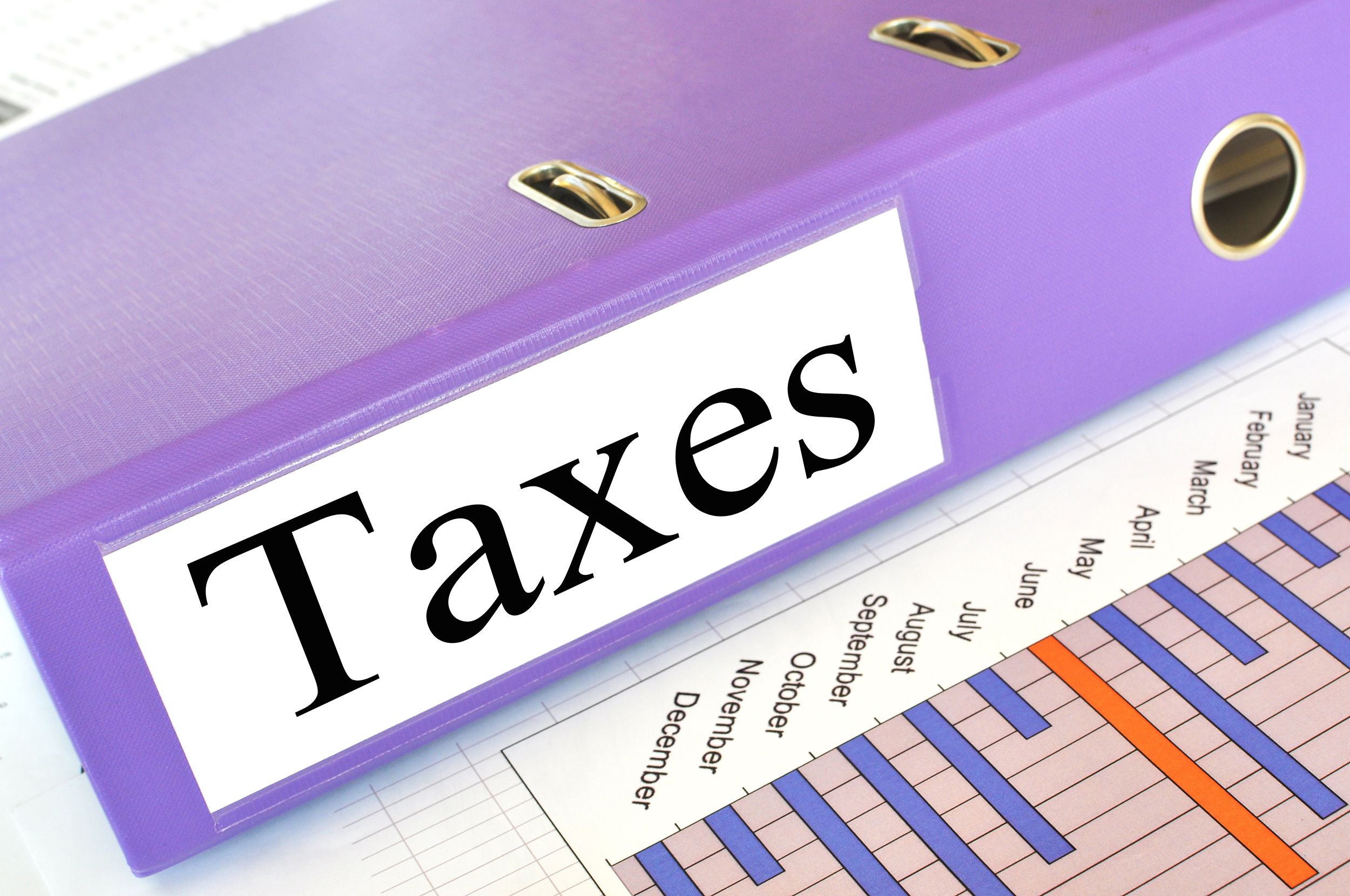News
All change for the Capital Gains Tax payment window?

Second homeowners selling their property may need to pay Capital Gains Tax within 30 days, rather than the usual 21 month window.
As rules currently stand, if a residential property is classed as your main or principal private residence, the gain arising on disposal, if any, will normally be entirely or in part exempt from Capital Gains Tax (CGT).
Any further residential property held will be subject to CGT on disposal at either 18% or 28% depending on your level of taxable income, above realisable gains of £11,700.
If CGT is due, unless you have reported the gain through the ‘Real Time Transaction Tax Return’ and opted to pay the tax straight away, CGT will be due by 31 January following the end of the tax year in which the property was disposed of. As an example, if you sold a residential property that was not your main residence on 30 April 2018, under current rules, the tax would not be due until 31 January 2020.
But at the 2015 Autumn Statement, it was announced that HMRC wanted to make paying CGT “simpler and quicker” for taxpayers, while addressing the fact that payment of CGT is “out of step” with the position of taxpayers within PAYE.
Proposed new Capital Gains Tax payment rules
The government has released a consultation proposing to make ‘payments on account’ of CGT when disposing of residential property.
While the new rules were originally intended to apply from April 2019, the proposals have been delayed until 6 April 2020 and draft legislation is expected this summer.
The main proposal states that UK residents who dispose of residential property on or after 6 April 2020 will be required to deliver a return to HMRC and pay any CGT due within 30 days of completion.
To confuse matters, normally the date of disposal for CGT purposes is the date of exchange of contracts but the proposed new rules set the CGT payment date by reference to completion.
In the case of disposal where there is simultaneous exchange and completion, the taxpayer’s payment window would drop from 21 months to roughly one month for disposals from April 2020.
It’s suggested that linking the payment of CGT to accounting for tax in respect of employment income is like comparing chalk and cheese. The PAYE system has operated since 1944, CGT since 1965 and our current self-assessment system has operated since the 1997/98 tax year. It has not been suggested in the 53 years since the introduction of CGT that payment of CGT initially by assessment by the Inland Revenue and latterly under the self-assessment system has been in any way anomalous.
What appears clear is that by substantially accelerating the payment of tax in respect of one type of profit, it sets the precedent to extend this across to other taxations currently under the scope of self-assessment. This will of course be attractive to the government. Speeding up payment of tax receipts so government accounts essentially operate on a cash basis will help massage the balance of payments figures (but only initially by comparatively small amounts as the yield from this measure is not great).
While the acceleration of the payment of CGT can be seen as part of the acceleration of payment of tax (which is in any case an inherent objective of the delayed ‘making tax digital’ programme), it is also founded on a fundamental error.
It pre-supposes that calculation of CGT in respect of the sale of a residential property is a simple matter. Sometimes it is. However, if you look at circumstances where for example, a property has been occupied as a main residence only during part of the period of ownership, where perhaps part of a property has been occupied as a main residence and part let out, where there is a property with a large garden or grounds or where a main residence property has been built in the grounds of what was the former main residence that has been sold on, these all carry with them complex aspects.
Following the introduction of the non-resident CGT provisions for UK residential property, there have been a plethora of cases heard by the Tax Tribunal regarding the imposition of penalties by HMRC for failing to make returns in time, when individuals weren’t aware they had a liability to report (even where no tax was payable).
The extension of the accelerated CGT payment system to sales by UK residents can be seen as a simple way for HMRC to raise further funds through the imposition of penalties.
Nigel May is tax partner at MHA MacIntyre Hudson